
The Happy Juice Principle: How to Create Marketing That Captures & Converts
How well do you know your audience? If your messaging just isn’t connecting, resonating or converting to its full potential, you haven’t yet tapped into that elusive marketing sweet spot. Marketers strive to provide the best possible experience to their audience, but reaching that pinnacle of customer connectedness doesn’t happen by accident.
Small business guru and Google AdWords expert Perry Marshall joined us recently for a fun and information-packed webinar on what he calls “the Happy Juice Principle.” We often look to Perry for inspiration and copy strategy and were struck by his unique approach to content creation, lead capture and conversion. It all started with our team reading this post on Perry’s blog – at first, we laughed (happy juice?!), but the underlying principle quickly became apparent.
Today, I’ll share with you Perry’s approach to crafting more compelling, better converting marketing content across all of your channels. You’ll learn how to find your own Happy Juice and inject it in all of your marketing efforts, aided by real-world examples of it in action.
What Is the Happy Juice Principle?
In his post, Perry shared three techniques used by Rich Jacobs to boost email open rates and conversions. As we discussed these tactics, we realized just how deeply Rich understood his audience of busy attorneys – their schedules, time constraints, how they take in and remember information and more. These insights were incredibly powerful; he has people opening and revisiting his email messages five to ten times!
Of course, you don’t inherently know just what it is your audience wants and needs that will generate this level of interest. It has to be learned. Happy Juice goes beyond simple A/B testing, however, and delves into the needs, wants and intent of your audience. It’s the advanced, meaningful insight at the intersection of optimization testing and persona mapping.
In a nutshell, the Happy Juice Principle is the best possible understanding of who your audience really is, so you can create an experience that provides value for both the audience and your business.
It’s just as important to understand what the Happy Juice Principle is not: it’s not testing various page elements like Buy buttons against one another, or other simple A/B tests. Those are great, but you have to move beyond these simple tests to get long-lasting, meaningful results that drive double- or even triple-digit improvements in conversion rate.
“It trumps the A/B stuff by light years,” Perry told our audience. “If you’re really squirting happy juice into their brain, it doesn’t matter if you have a red or a white button. They’ll happily write you a check and stick it in the mail.”
Why You NEED Happy Juice in Your Sales & Marketing Content
We consider ourselves pretty fortunate at WordStream, in that we have access to great tools that help us perform and analyze tests and optimize our marketing content.
However, even small businesses can get on board with the Happy Juice culture. It’s one of constant testing and a commitment to continually learning more about your audience.
What is the value of all of this brainstorming and testing? In our case:
- We’ve grown our website visitors YoY by 116%
- We’re generating twice as many qualified leads for sales
- This has contributed to hockey stick revenue growth for our company.
Do you like sales and profits? Positive ROI? Then you need Happy Juice.
Getting Started – Mapping Your Buyer
The vast majority of your customers will never, ever be like the lawyers who click Rich’s emails 10 times. Most people are non-responsive, so how do you figure out what really trips their trigger?
Perry recommends a simple survey that can be applied at any point in the customer journey to provide the basis for in-the-moment messaging:
- What’s the most important thing I can help you with that I haven’t addressed so far?
- How difficult has it been for you to find an answer or solution elsewhere?
- Why, specifically, would getting this answer or solution be important to you – how would it change your life?
You can use this in email, via web forms, etc. He shared an example of what this might look like:
Throw out all of the ‘not at all difficult’ and ‘somewhat difficult responses’ and ignore them. If it wasn’t difficult for them to solve the problem, they’ve probably already solved it. Take what’s left – those people who said it was very difficult to find a solution – and throw out the short answers. You’re left with the long answers. These people are in pain. They have a desperate desire to be happy! They’ve told you all about their problem, what’s bugging them, what they’re trying to solve – and they’re giving you the language you can use to give back to them what they’re asking for.
Just doing this one simple survey can help you drastically reduce your failure rate, Perry said. It gives you a whole bucket of messaging to test.
You can use this strategy anywhere, at any time, he said, so long as you apply the insights back to your messaging at that point in the customer journey. It might help you reconnect with people who abandoned the cart. It could help you acquire new customers. Whatever your goal, you need to reach out to people in that particular stage and use the intelligence gleaned to better convert other prospects at that point.
Information collection is ongoing, though. Tools like audience insights in Google Analytics can tell you quite a bit about who you are talking to and what they’re interested in.
If you don’t know these basic pieces of information – what the problem is, what is preventing them from solving it, and how your solution will affect your audience – you have no solid ground from which to create messaging.
Learning to Test Smarter with Out-of-the-Box Ad Strategies
Perry shared a number of unconventional ad strategies that helped brands create messaging that drove massive sales.
Celebrity Endorsement
This one simple ad outperformed everything else the company tested by far and helped them become a million dollar company.
Of course, celebrity endorsement isn’t new. You might think it’s too expensive for your brand, making it unattainable. In this case, smart outreach resulted in Oprah featuring the product on her website. The company was then able to confirm that Beyonce used their product and reached out for her permission to share that fact. You might not be able to get Oprah and Beyonce, but you can tap into your notable and influential client base and use that to drive must-have messaging.
Famous Phrases
Well-known phrases can act as emotional triggers for people. We use catchphrases and famous quotes in everyday speech, yet few brands are using them in their advertising.
The Dirty Harry quote is instantly recognizable and elicits an emotional response in the reader. They know this! It’s a memory – they know how it makes them feel. It’s different and interesting, give it a try.
Onomatopoeia – Words That Imitate Sounds
How can you add sound to a plain text ad or email? Easy:
You can instantly grab attention with auditory words; they enable you to paint an audible picture for your reader.
Sight, Sound & Motion
You can combine sight, sound and motion for even greater effect:
You can actually picture what’s happening here and it’s so much more powerful than the usual boring, dry ad copy.
Metaphors
Metaphors are a powerful linguistic tool. This can help you tap into emotion by getting your prospect to consider a best/worst case scenario.
But my industry is boring…
No, it’s not.
Even professional markets are highly emotional, Perry reminded viewers. People get in heated arguments, even in office environments. Discover the problem, dig into the emotion, and find language to tap into triggering it. Try some things you’ve never done before. Most people don’t even begin to explore all of the potential ideas they could put out there and it all starts with brainstorming around your advanced understanding of your audience.
Perry’s words of wisdom here are worth remembering: No one can stop you from being more clever than your opponent but you.
Applying Happy Juice to Paid Search
Perry shared an example from one of his courses, where a rock climbing school wanted to improve their AdWords strategy.
The company was seeing 4-6% click-through rates and wanted to improve. As Perry led the school owner through exercises to find that Happy Juice, they realized that what people were looking for wasn’t rock climbing courses – they were looking to escape their boring jobs.
Now, an ad for a rock climbing course and an ad that offers an opportunity to escape your corporate hell look very different! So if the problem people wanted to solve was a new, adventurous career opportunity, why were all of the school’s ads the same boring “Rock Climbing School, Take a course in rock climbing” ads?
They rewrote the ads from a completely different perspective. Here were the results – check out those CTRs!
You have to go beyond telling people what you do. That’s boring and average and it doesn’t work. Instead, use emotional copy to show people you can help them do what they want to do.
This isn’t super time-consuming stuff. But it is a shift in your mindset and the culture of your marketing team. If you don’t know if you’re hitting your customers’ Happy Juice spot yet, you’re probably not. You’ll know it by the amazing results.
Here’s another example: by simply using the Search Query report in Google AdWords, we found that people were using very specific phrasing when trying to find tools to help with keyword research.
Adjusting our copy to reflect that intent drove our CTR up by 34%!
Landing Pages Need Happy Juice, Too
We applied this principle to our AdWords Grader landing page, as well. It used to look like this:
Now, there was a lot going on there. Conversion rates weren’t bad by any means, but we felt there was room for improvement.
We used phone outreach, online surveys and a demo at trade shows to better understand what the obstacles were for people considering signing up.
The issues we identified through these discussions and insights from our audience told us to:
- Reduce the amount of information for people to consider
- Reduce friction and improve the flow of the page
- Add security language and build trust
- Include an example of the report
- Break up the experience, asking only for the email first and adding next steps further along in the process
The changes were substantial:
Changing the flow of the page by injecting Happy Juice based on audience feedback enabled us to increase leads by 86%!
Happy Juice in Content & Inbound Marketing
Our blog is one powerful tool in our marketing arsenal. We hold our blog to a “Standard of Awesomeness” and have a goal for each piece of content – that it is viewed, shared and commented on at a certain level.
Of course, you could churn out content all day long and it wouldn’t do anything to drive business – enter Happy Juice. Keyword research, competitive research, social insights and more help us better understand exactly what it is our audience needs and what problems we can help them solve.
Recently, this research showed us there was a need for an article about AdChoices. As Larry Kim put it, it’s a “monster keyword” with tons of volume. Our customer success rep Erin Sagan did a fantastic job of creating a long blog post tutorial for marketers who wanted to learn more about AdChoices, yet it wasn’t getting the traffic we expected when it published.
Turns out this was due to a misalignment of intent. Content Marketing Manager Elisa Gabbert dug deeper and found that a lot of searchers were actually looking for help removing AdChoices. The problem people were trying to solve wasn’t being answered by our content. Another section was added to address this intent, at the point at which you see the red arrow:
Now, it’s getting hundreds of views a day and ranks #2 for the term “adchoices,” thanks to the Happy Juice injected by a better understanding of the problem.
Email Marketing Happy Juice
We serve both agencies and advertisers, who have very different needs and priorities. When a new lead comes into our database, we send a Welcome email to introduce ourselves. We had a decent open rate, but further testing showed us that a one-size-fits-all solution wasn’t working.
We broke it down into two Welcome emails, one each for advertisers and agencies. Subject line testing showed us that what each group responded to was totally different. We created email content to better address the needs of each group.
We were able to get close to a 50% open rate and a 76% improvement in click-through rate by better understanding what each of these two distinct groups were looking to solve.
Key Takeaways
The Happy Juice Principle is a unique approach to marketing content that always puts the needs and wants of your audience first. There’s great value in understanding the emotional triggers of your target market across email, content marketing and paid search. Remember:
- To optimize for organic search, you have to understand intent – check out the competition and make sure your content aligns with your audience goals.
- With paid search, integrate online and offline research to improve the customer experience and brainstorm messaging that reflects their intent and desires.
- Get personal in your email campaigns and never underestimate the power of a great subject line!
- Get into the heads of your audience and map their buyer profiles. Understand their intentions and how your offering solves their problem.
- Write lots of headlines and copy, then test, test, test!
- Crawl if you have to. You don’t need to run today. Don’t be intimidated – just get started.
Want to see the whole webinar? Check it out below:
Amber Stevens is the Director of Marketing at WordStream.


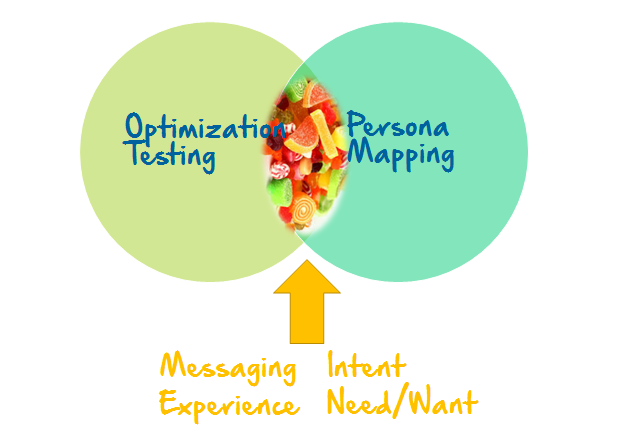
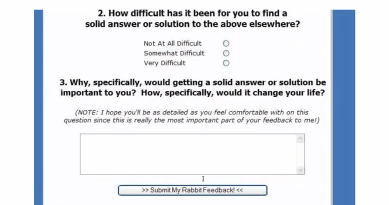
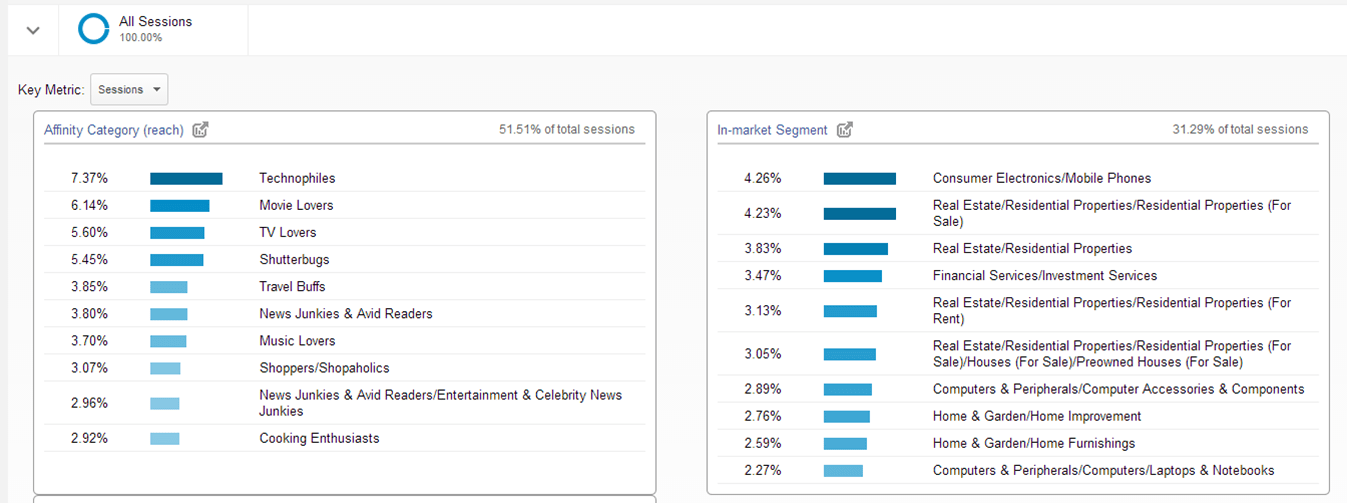





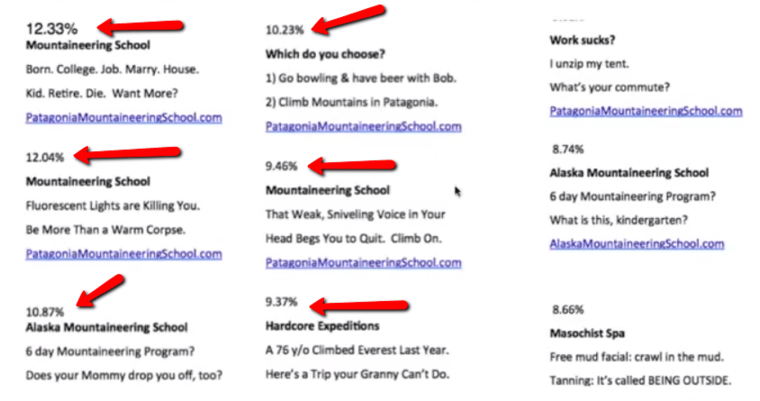

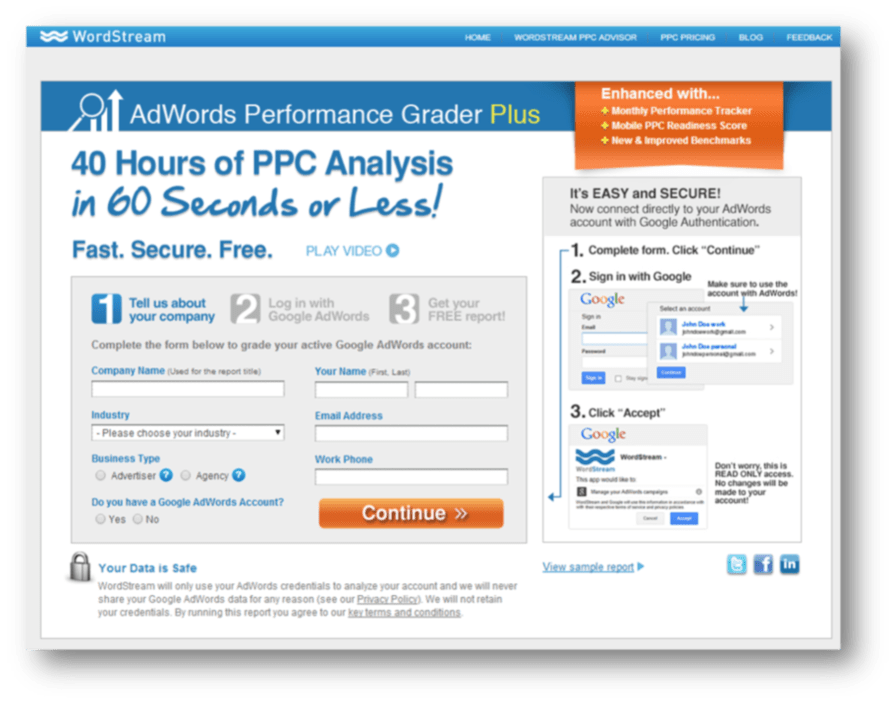



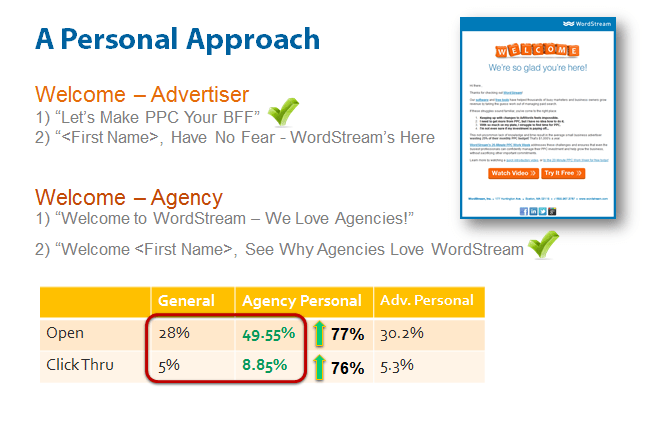







Comments
Please read our Comment Policy before commenting.